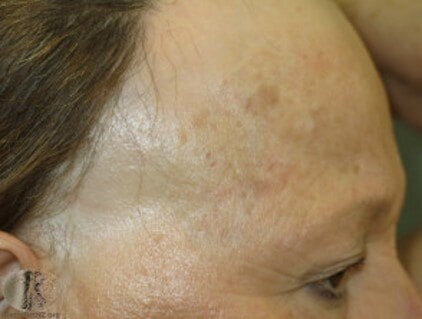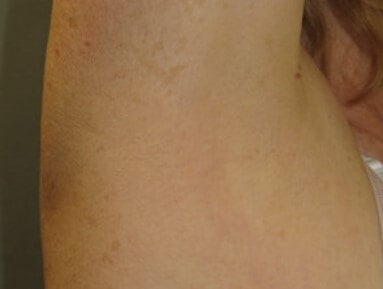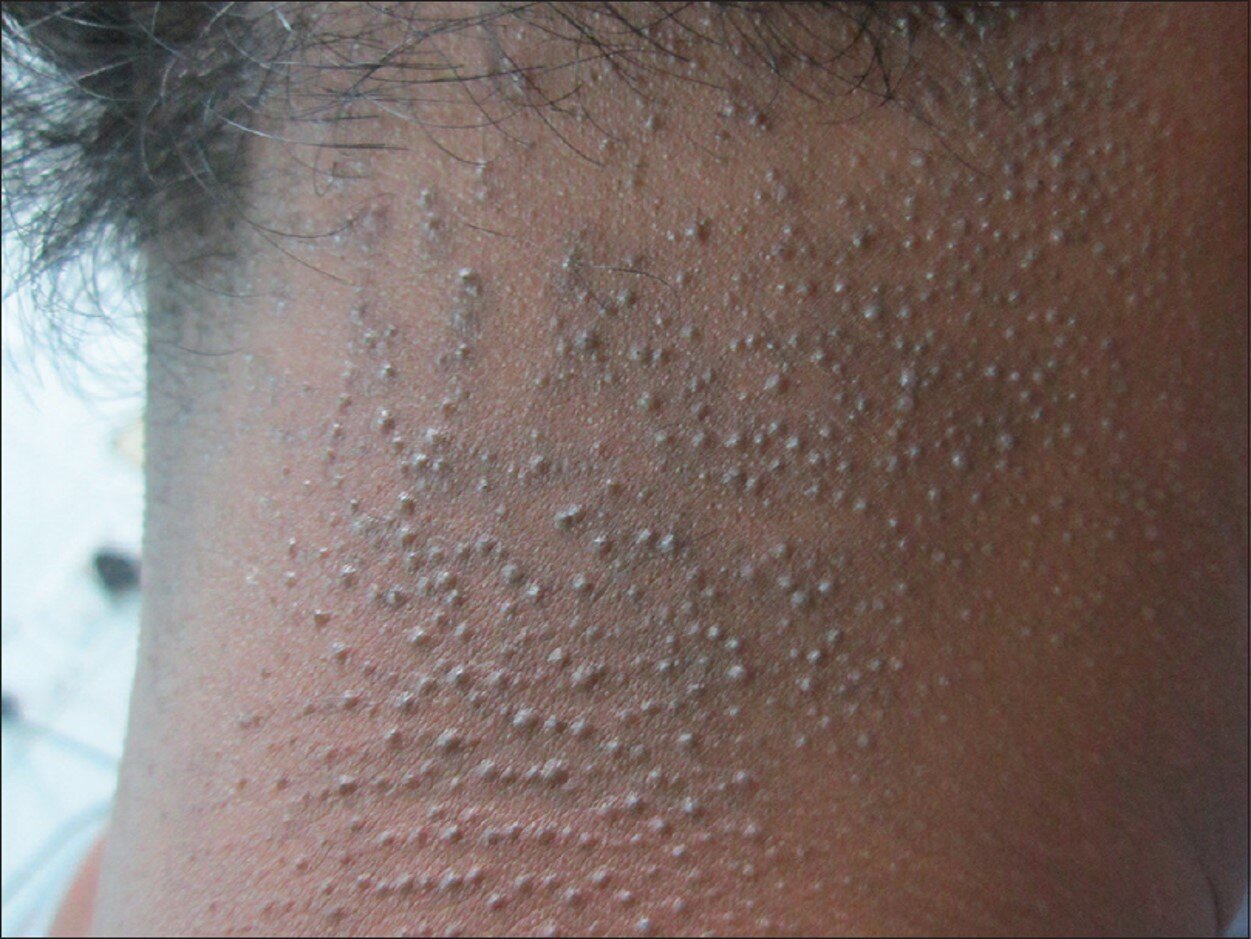Graham Little Syndrome

What is Graham Little Syndrome?
Graham-Little Syndrome, also known as Graham-Little-Piccardi-Lassueur Syndrome, is a rare type of scarring alopecia that primarily affects women, which results in permanent hair loss in affected areas of the scalp due to the destruction of hair follicles and replacement by scar tissue. It may also involve non-scarring hair loss in other areas of the body, such as the armpits or groin, but without the scarring seen on the scalp.
Symptoms & Causes

Graham-Little Syndrome presents with a characteristic triad of symptoms. There may be scarring alopecia on the scalp and body (lichen planopilaris), and non-scarring hair loss in the axillary or pubic regions, such as the armpits or groin. The non-scarring hair loss may be patchy or widespread. Patients may also experience follicular lichen planus, which is the presence of small, rough, keratotic bumps (follicular keratoses) around the hair follicles. These bumps can appear on various parts of the body, commonly on the trunk and extremities. Some other associated symptoms may include itching or burning sensation in the affected areas, redness or inflammation around the hair follicles, or thickening or changes in the texture of the skin in the affected areas. The severity and progression of these symptoms can vary among individuals with Graham-Little Syndrome.
Diagnosis & Treatments

Treatment for Graham-Little Syndrome aims to manage symptoms, reduce inflammation, and slow the progression of hair loss. Since the condition is rare and can be challenging to treat, a combination of therapies may be used. Treatment options may include topical or systemic corticosteroids, immunosuppressive medications, topical calcineurin inhibitors, antimalarial drugs, oral or topical retinoids, and phototherapy. Regular follow-ups with a dermatologist are essential to monitor the condition and adjust treatment as needed. Since the response to treatment can vary, a personalized approach is often necessary.
